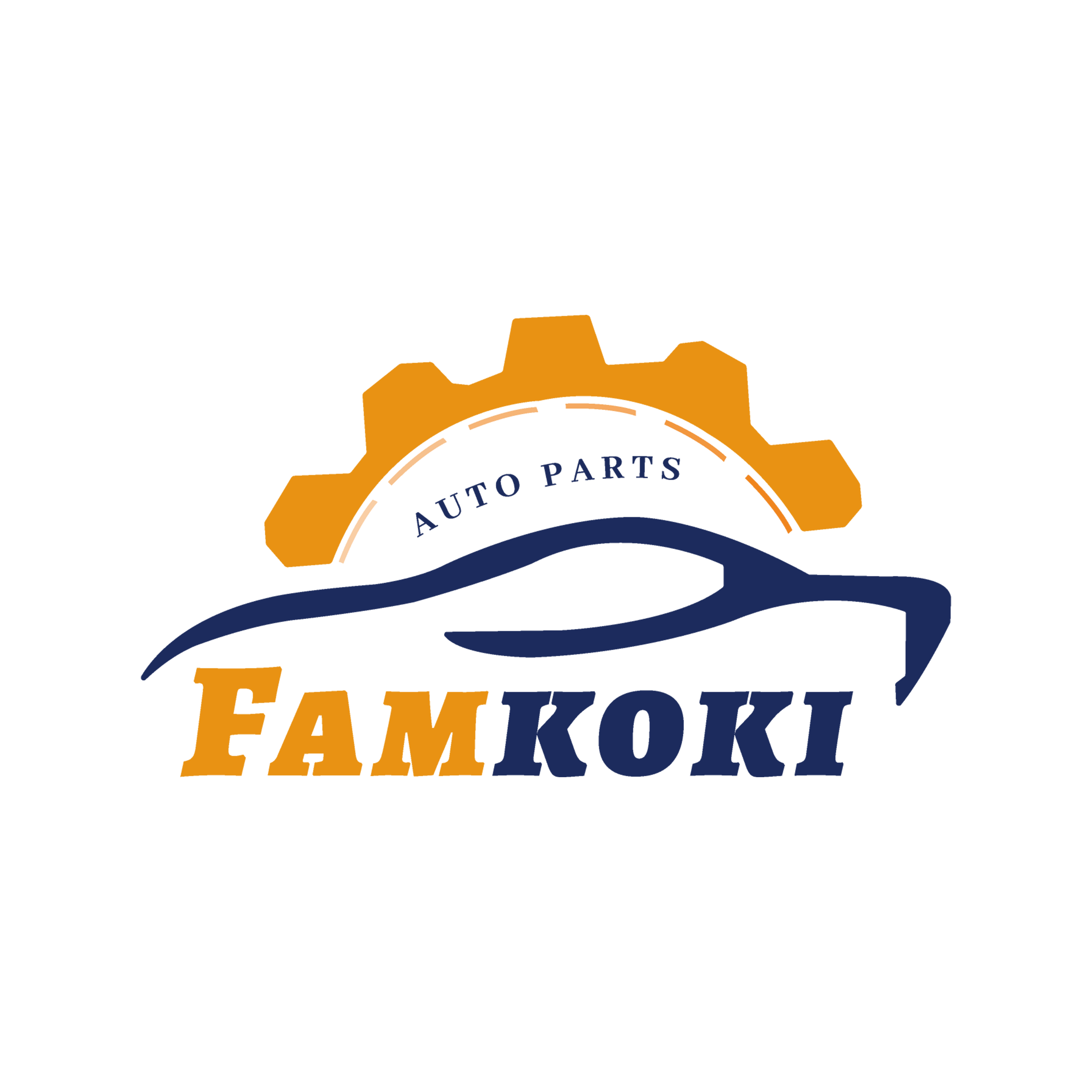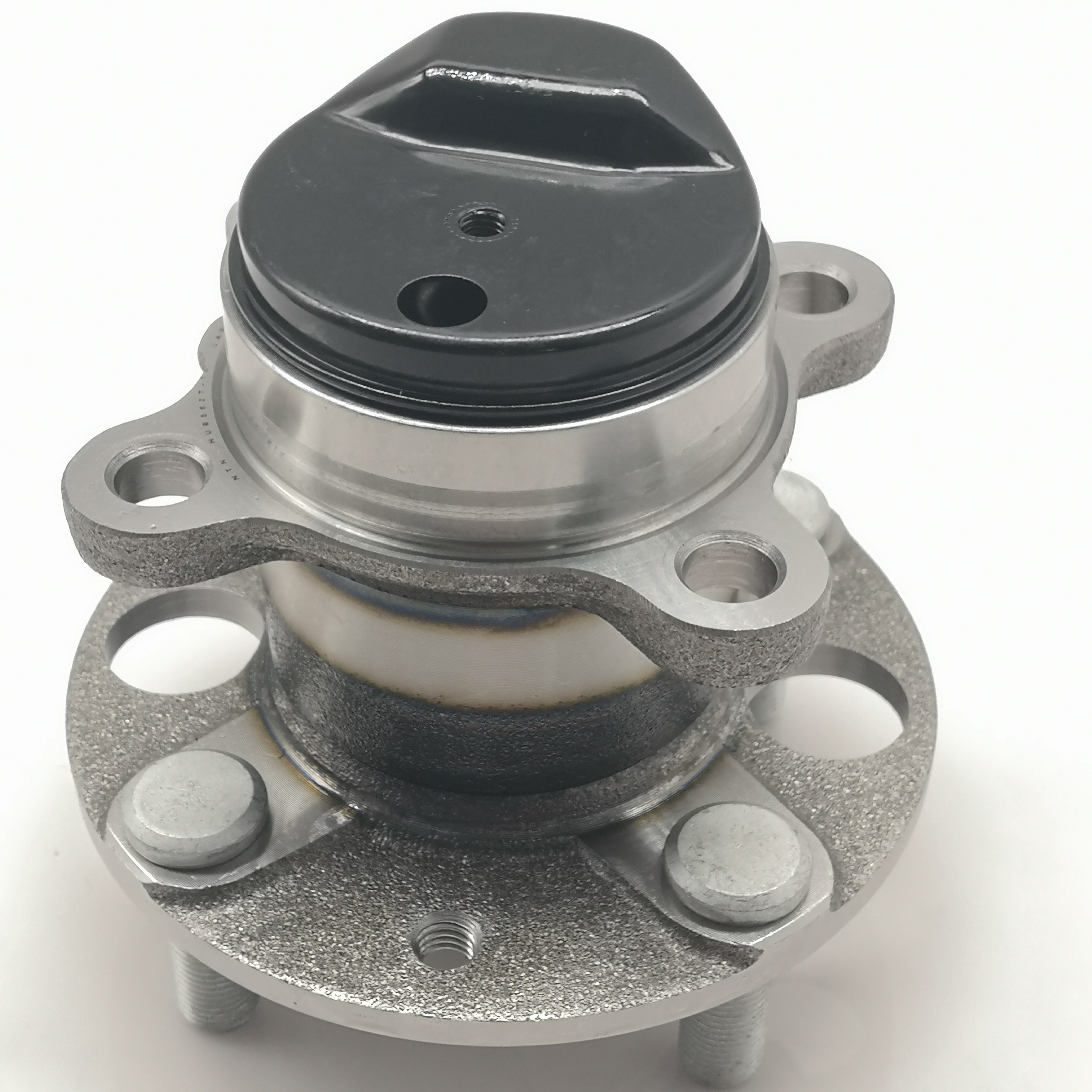Introduction
In a broad sense, the wheel hub is one part of a vehicle's wheel assembly, traditionally responsible for the connections between the wheel and axle and for accommodating its bearings. But as technology has progressed in the automotive world, the simple wheel hub of yesteryear has become a complex part integrated with sensors, motors and networking possibilities. The results of these endeavours have elevated wheel hubs to become core elements, contributing to the purposefulness, performance and sophistication of cars.
Integration of Sensors
Wheel hubs are now frequently equipped with sensors to sense vehicle performance and wheel conditions in real-time.
A. Sensor Types and Functions
Wheel speed sensors: Measuring minute changes in resistance, these are crucial to the operation of ABS and traction control systems that prevent a vehicle from skidding.
The most advanced sensors relate to tire wear, monitoring temperature and helping reduce blowouts from the high-temperature alarm; load sensors used in wheel hubs are another example of improving onboard computer systems and Reading adaptive suspension for a smooth ride and best handling.
B. Sensor Integration Incentives
Automated / dynamic vehicle-related changes by using sensor data implemented for better drive dynamics and handling.
Reinforced security strategies active, wheel conditions monitoring and analysis.
Proactive maintenance alerts to help increase tire life and other component life by dealing with issues as they arise rather than waiting for things to be so bad they can no longer be safely delayed.
C. Challenges and Considerations
Securing the robustness and reliability of sensors in a mobile vehicle-resistant setting.
Integrate sensor data with the vehicle's control systems seamlessly to increase reliability and be able to respond sensibly at times.
Balancing the extra weight and complexity for some performance boost from sensor integration.
In-Wheel Motor Technology
In-wheel motors, or IWMs for short, are a massive step up from in-wheel hub technology where the electric motor is essentially embedded within the wheel hub itself.
A. In-Wheel Motor Layouts
Direct drive IWMs eliminate traditional transmission systems, simplifying the vehicle's drivetrain and leading to increased efficiency.
Hub motors can allow for individual wheel control, typically improving the traction and stability of the vehicle.
- In-Wheel Motors Pros
Substantial space savings in the vehicle chassis, leading to increased room for passengers and luggage, or greater opportunities for additional battery storage in electric vehicles (EVs).
Better torque distribution and traction control suitable for all kinds of driving scenarios.
Negative: Small cost savings as it would reduce the number of parts that go into making a BEV trans (company has already invested in DCT production).
Connectivity and the Smart Wheel Hub
Connectivity solutions are getting more common, and soon all of this will be embedded into wheel hubs so engineers can even remotely monitor systems, run diagnostics or update software.
A. Connectivity Features
Integration with Vehicle Infotainment systems for Driver Information and Control
Remote monitoring and diagnostic capabilities for predictive maintenance and performance follow-up.
Transmit to other vehicle systems in the form of data for improved vehicle system integration.
B. Connected Wheel Hub Benefits
Real-time performance tracking and predictive maintenance to minimize downtime and maintenance costs.
Advanced driver assistance systems using data from wheel-based sensors to enhance its capabilities.
Integrating with the smart infrastructure and services like like smart traffic management systems and charging stations for electric vehicles.
Security and Privacy Issue
How to secure data transmitted from unauthorized access and cyber threats.
To secure vehicle control systems from hacking attempts.
Striking the right balance between user sovereignty and data protection- Robustness of built-in network components
Weight Loss Secrets
Wheel hubs as well have benefited from the progress in materials and production methods; they are now lighter and stiffer.
A. Material Choices
The weight of the vehicle is further reduced thanks to lightweight metals and composite materials which play an important role in both improving fuel economy as well as overall performance.
B. Impact on Performance
Lower unsprung weight = better handling + comfort.
Lower overall vehicle weight, which aids in improved fuel economy and lower emissions.
Advanced materials may be used; additional durability that could require less maintenance.
Conclusion
Modern Wheel Hubs and Integration with Contemporary Technologies Enhancements to vehicle performance, safety and efficiency for example – from sensor integration and in-wheel motors to connectivity options. As the technology is moving forward, we can expect even more from wheel hubs of the future; allowing advanced functionality and smart vehicle systems integration. Nevertheless, it is important that we tackle the issues raised by these advances making certain they bring real advantages without compromising reliability, safety and environmental sustainability.
 EN
EN
 AR
AR
 FR
FR
 KO
KO
 PT
PT
 RU
RU
 ES
ES


